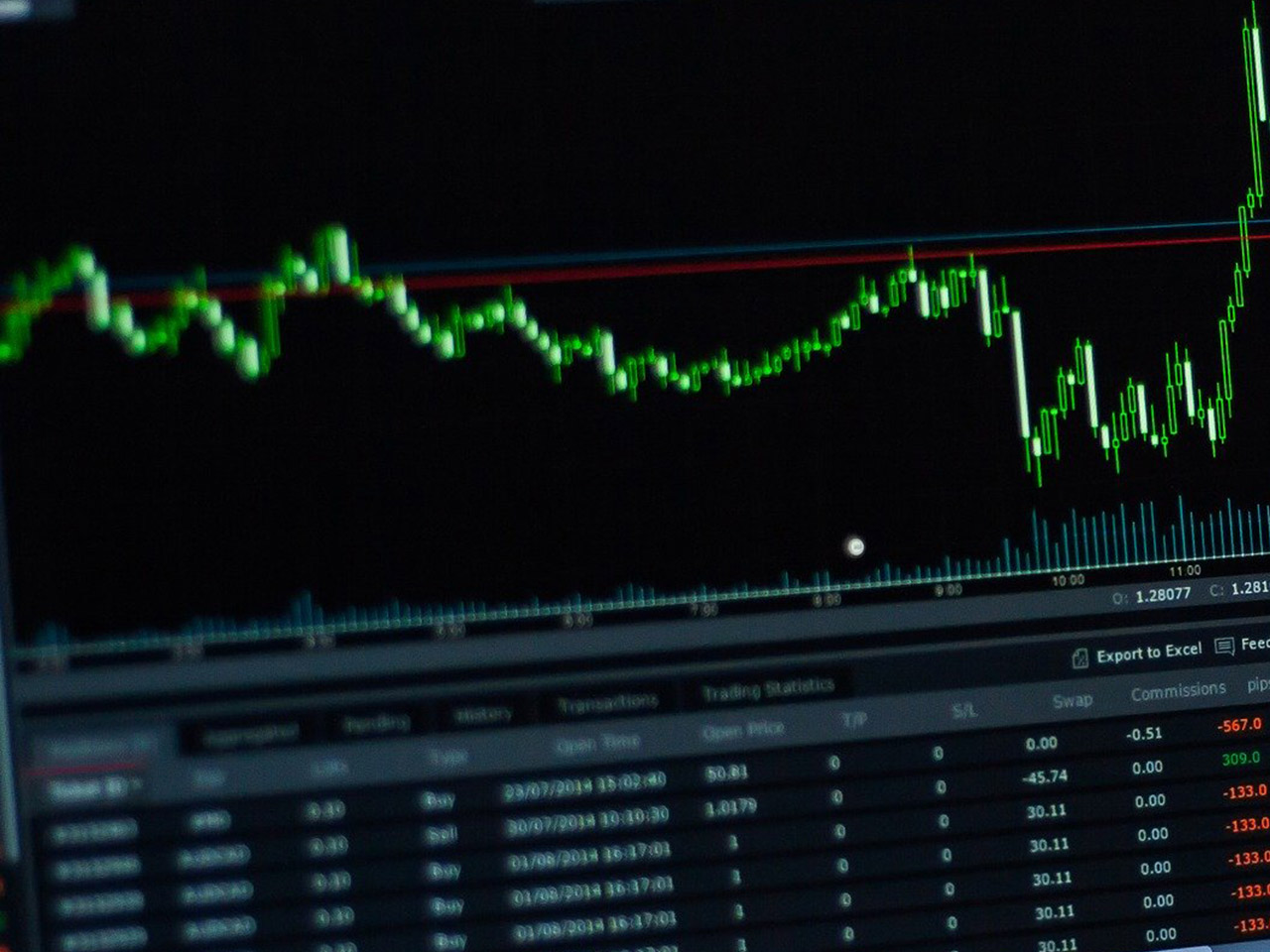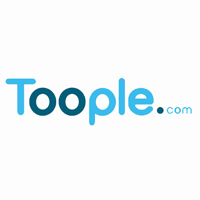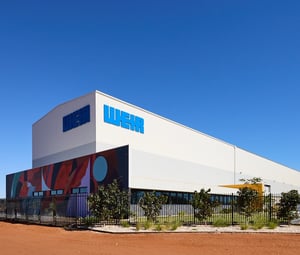Humana Inc. (NYSE: HUM), a key player in the U.S. healthcare plans industry, continues to demonstrate robust business operations while navigating the complexities of the sector. With a market capitalization of $34.12 billion, Humana is well-positioned in the healthcare sector, offering a diverse range of insurance products and services, from medical and specialty plans to pharmacy benefit management and home health solutions.
Currently trading at $283.72, Humana’s stock has experienced a modest price change of 0.11%, within a 52-week range of $220.41 to $312.00. This price movement reflects the company’s stable market performance amidst a challenging healthcare landscape. Analysts have set a target price range of $245.00 to $353.00, with an average target price of $292.87, suggesting a potential upside of 3.22%. Despite this modest upside, Humana’s consistent buy ratings, with 8 out of 26 analysts recommending a “Buy,” emphasize the market’s confidence in its strategic direction.
One of Humana’s key valuation metrics is its forward P/E ratio of 20.97, indicating investor expectations of future earnings growth. This is coupled with an earnings per share (EPS) of 13.06, underscoring Humana’s ability to generate significant profits for its shareholders. However, the lack of a trailing P/E ratio and other valuation metrics like PEG and price/book ratios point to potential areas where investors might seek more transparency.
Revenue growth is a bright spot for Humana, showcasing a 9.60% increase, a testament to the company’s effective management and expansion within its operational segments. Yet, the free cash flow figure of -$1 billion highlights a critical area for improvement, potentially impacting future investments and shareholder returns. This negative free cash flow warrants close monitoring by investors, as it may influence the company’s ability to finance growth initiatives without accruing additional debt.
Humana’s return on equity stands at 9.03%, providing a solid indication of its efficiency in generating returns from shareholders’ investments. Furthermore, with a dividend yield of 1.38% and a payout ratio of 27.13%, Humana offers a reliable income stream for dividend-seeking investors while maintaining ample room to reinvest in its growth strategies.
Technical indicators present a mixed outlook. The stock’s 50-day moving average is $273.33, above the 200-day moving average of $260.25, suggesting a positive short-term trend. However, the Relative Strength Index (RSI) of 67.68 approaches overbought territory, which may signal a potential price correction. The MACD of -4.86, slightly above the signal line of -5.30, indicates a bearish momentum that investors should watch closely.
Humana’s operational segments, particularly its contracts with Medicare and Medicaid services and its focus on senior care through the CenterWell brand, position it uniquely within the healthcare market. The company’s strategic contracts, such as the TRICARE T2017 East Region, further enhance its competitive edge by expanding its reach and service offerings.
Founded in 1961 and headquartered in Louisville, Kentucky, Humana has a rich history of adapting to the evolving healthcare needs of individuals and employer groups. As the company continues to innovate and expand its service portfolio, investors should weigh its growth potential against the backdrop of its financial metrics and market conditions. With a strong foundation and strategic initiatives, Humana remains a compelling consideration for investors seeking exposure to the healthcare sector.





































